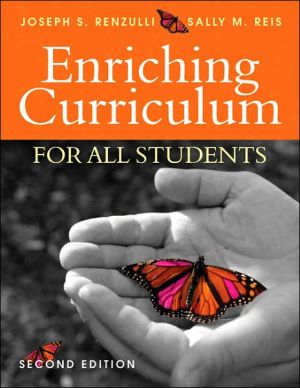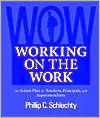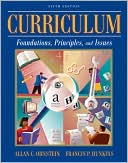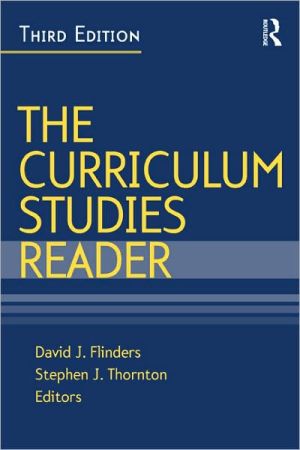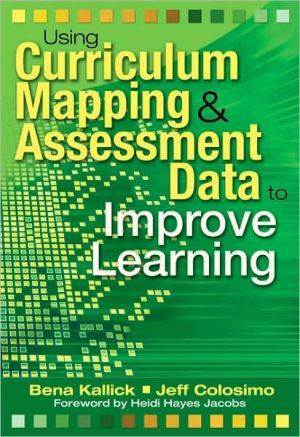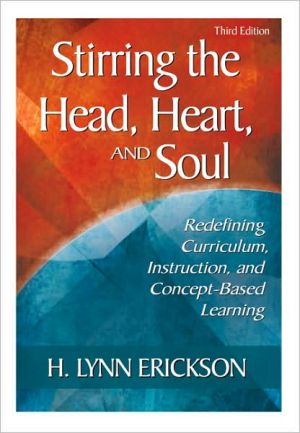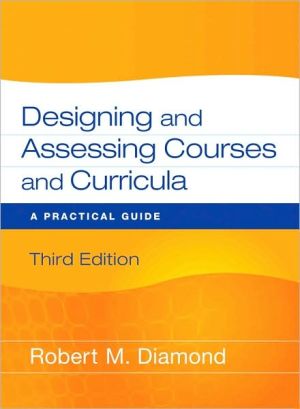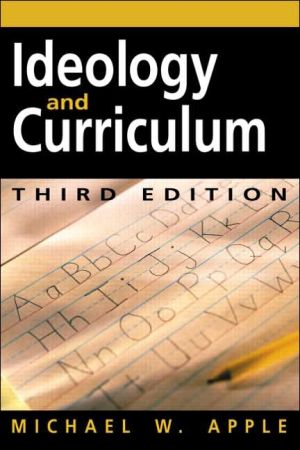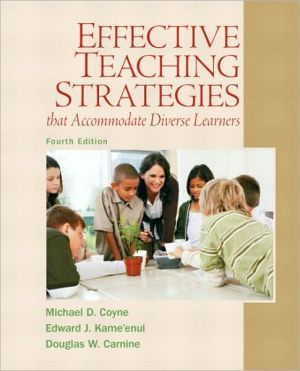Enriching Curriculum for All Students
Use the Schoolwide Enrichment Model to support enriching learning opportunities for all learners and to develop students' talent, raise achievement, honor diversity, and foster a growth-oriented staff.\ \ \ Empowering the teacher to teach and teach well–that`s what Enriching Curriculum For All Students is about. Using the tried-and-tested Schoolwide Enrichment Model, teachers learn improved strategies for team building, collaboration, staff development, and increasing...
Search in google:
Use the Schoolwide Enrichment Model to support enriching learning opportunities for all learners and to develop students' talent, raise achievement, honor diversity, and foster a growth-oriented staff.
Acknowledgments ixAbout the Authors xiWhat Is "Enrichment" and Why Is It Important in Developing Curriculum in America's Schools? 1The "Why" Question 1The "What" Question 4What Exactly Is Enrichment Learning and Teaching? 5The Teacher as Guide on the Side 6The Goals of Schoolwide Enrichment 7Using the Schoolwide Enrichment Model to Enrich Curriculum for All Students 13Expanding Conceptions of Gifts and Talents: The Theory Underlying the SEM 15Two Kinds of Giftedness 15An Overview of the Enrichment Triad Model 18The Revolving Door Identification Model: Identifying Students for the SEM 21The SEM 22The Regular Curriculum 23The Enrichment Clusters 23The Continuum of Special Services 25The Service Delivery Components 27Nonnegotiables About Implementing Enrichment in the SEM 31Research on the SEM 33Summary 34Challenging All Students With a Continuum of Enrichment Services 35Background to the Establishment of a Continuum of Services 36Theoretical andOrganizational Models 38An Integrated Continuum of Special Services 39How and When Enrichment Activities Take Place 42Keys to Developing a Comprehensive Continuum of Services 43Organizing Services in the Continuum 44The Role of Grouping and Tracking in a Continuum of Services 44The Politics of Grouping 45Nongraded Instructional Grouping and Within-Classroom Cluster Grouping 46Managing Within-Classroom Cluster Groups 48Concluding Thoughts on Grouping 50Establishing a Continuum of Services in School-Based or District-Level Enrichment Programs: Getting Started 51Other Enrichment Options 52Developing Talent Portfolios for All Students 55What Is the Total Talent Portfolio? 56Status and Action Information 56Focus on Strengths 61Portfolio Engineering: Creating a Total Talent Portfolio 61Gathering and Recording Information About Abilities 61Gathering and Recording Information About Student Interests 64Instructional Styles Preferences 68Learning Environment Preferences 71Benefits of the Total Talent Portfolio 72Curriculum Compacting and Differentiation 75Curriculum Compacting: Definitions and Steps for Implementation 76Defining Curriculum Compacting 77How to Use the Compacting Process 78Providing Acceleration and Enrichment Options for Talented Students 79Rose: A Sample Compactor Form 80Providing Support for Teachers to Implement Compacting 81Examining Curriculum Alternatives 86Enrichment Materials in the Classroom 87Assessing Students' Interests 87Interest Centers 88Research on Curriculum Compacting 88Advice From Successful Teachers Who Have Implemented Compacting 90Summary 90The Multiple Menu Model: A Guide to In-Depth Learning and Teaching 91Enrichment Learning and Teaching: The Enrichment Triad Model 103An Overview of the Enrichment Triad Model and Examples of Type III Student Creative Productivity 104Learning in a Natural Way 105The Importance of Interaction 105Type I Enrichment: General Exploratory Experiences 106Type II Enrichment: Group Training Activities 108Type III Enrichment: Individual and Small-Group Investigations of Real Problems 112Applying the Enrichment Triad Model to Enrichment Clusters 121How Can Teachers Learn to Use Enrichment Teaching? 127Applying the Type III Process to Enrichment Clusters 128Applying the Schoolwide Enrichment Model (SEM) to Content Areas: The SEM in Reading 131Hooking Kids on Literature With Teacher Read-Alouds 133Supported Independent Reading and Differentiated Conferences 134Interest and Choice Activities 135Research on the SEM-R 136A Dozen Assistants in Your Classroom: Implementing the Schoolwide Enrichment Model by Using a New Online Resource for Enrichment and Differentiation 137Strength Assessment Using the Electronic Learning Profile (the Total Talent Portfolio Online) 138Enrichment Differentiation Databases 139The Wizard Project Maker 142The Total Talent Portfolio 142Renzulli Learning System 143The Value-Added Benefits of Learning With Technology 145RL Conclusions 146Appendix A 149Appendix B 157References 163Index 169
\ Laurie Peterman"This book does a good job explaining the purpose, design, and use of the enrichments and their relationship to the general curriculum."\ \ \ \ \ Natalie Bernasconi"By the end of the book, I came to have a great respect for the authors' compassion and sense of social justice, which really shine through intheir praxis."\ \ \ Tricia Pena"The information in the book is extremely relevant. With the current demands for educational improvement, leaders in the field are searching for new, innovative means of helping students feel connected to their schools. "\ \ \ \ \ Cindy Miller"Without a doubt, this book makes a contribution to the field. "\ \ \ \ \ Tricia Peña"The information in the book is extremely relevant. With the current demands for educational improvement, leaders in the field are searching for new, innovative means of helping students feel connected to their schools."\ \
